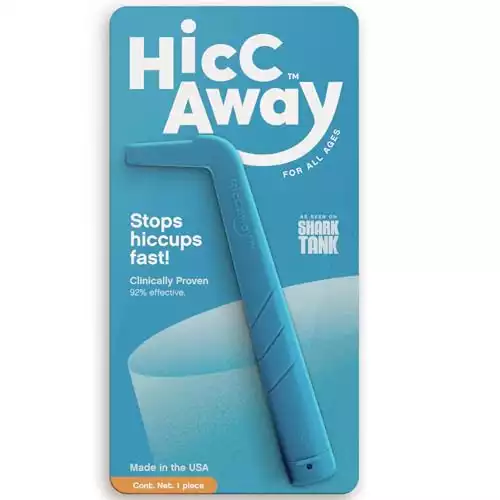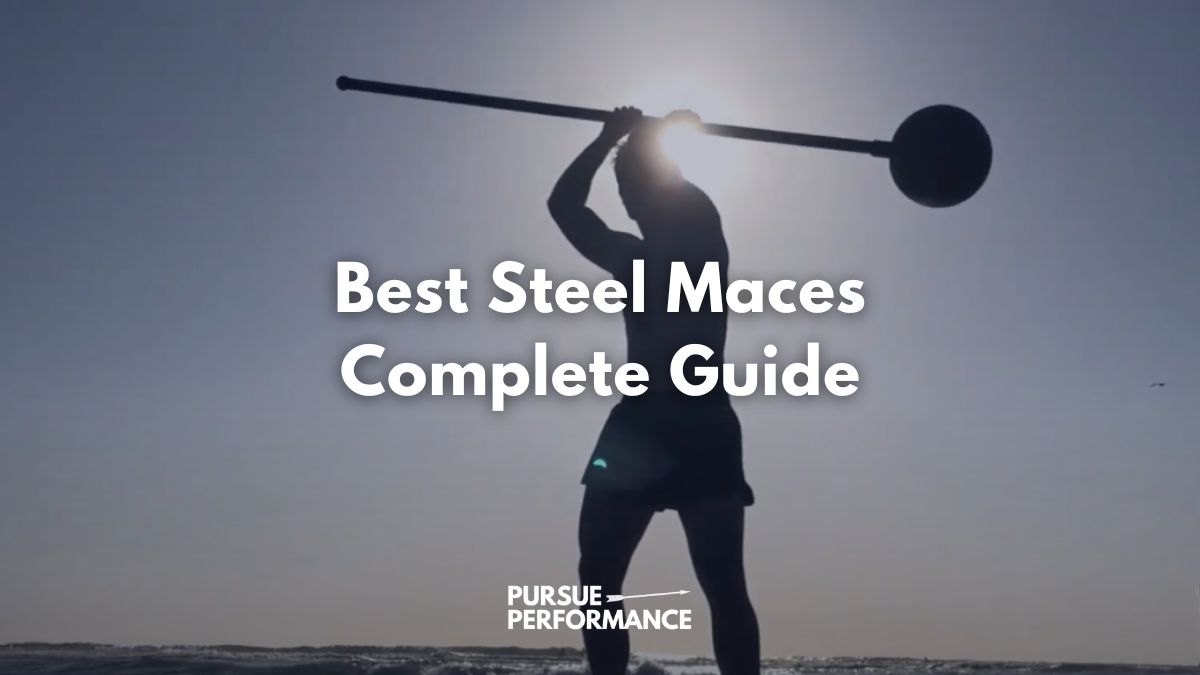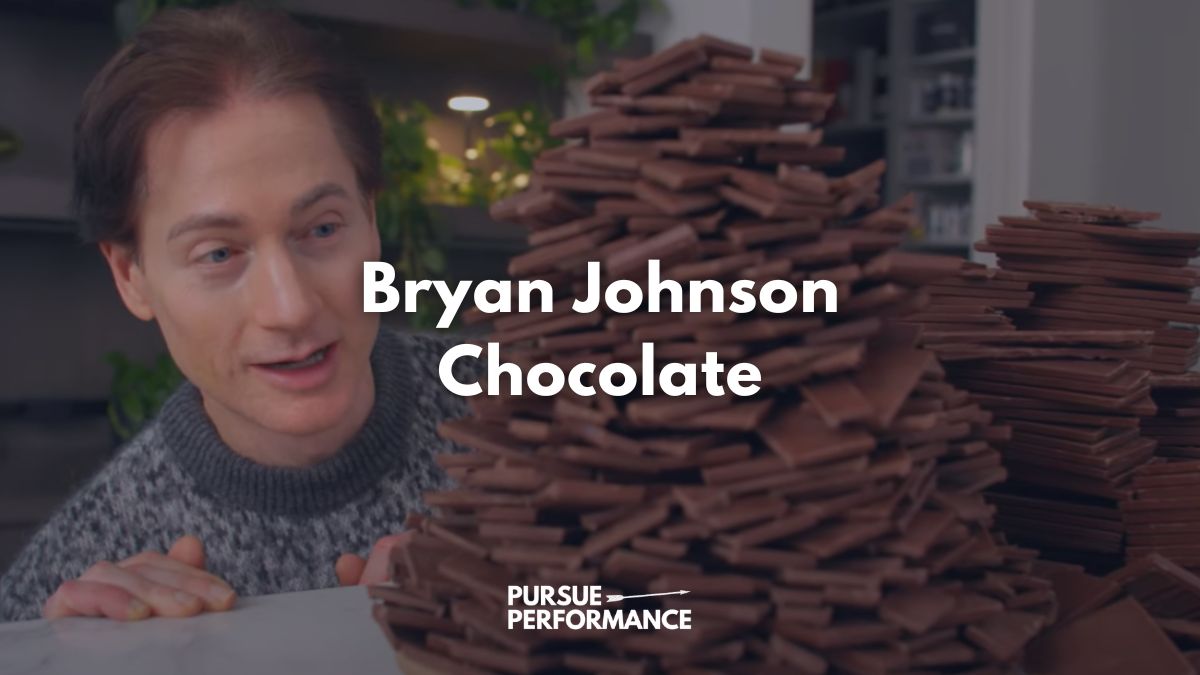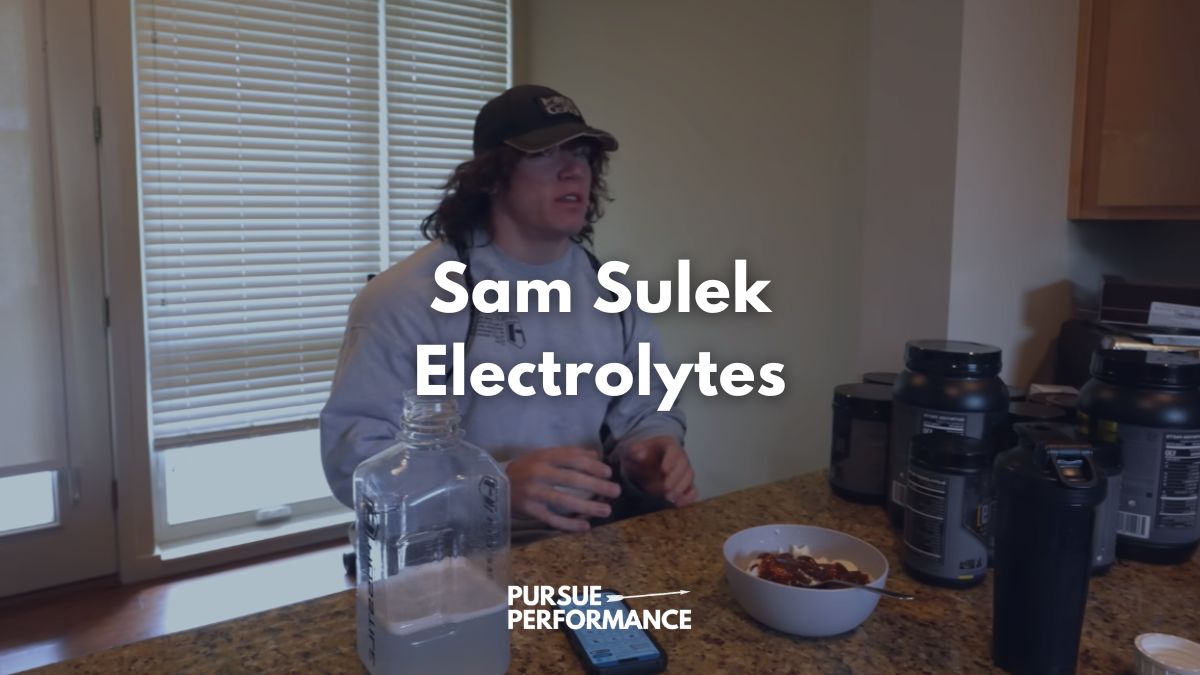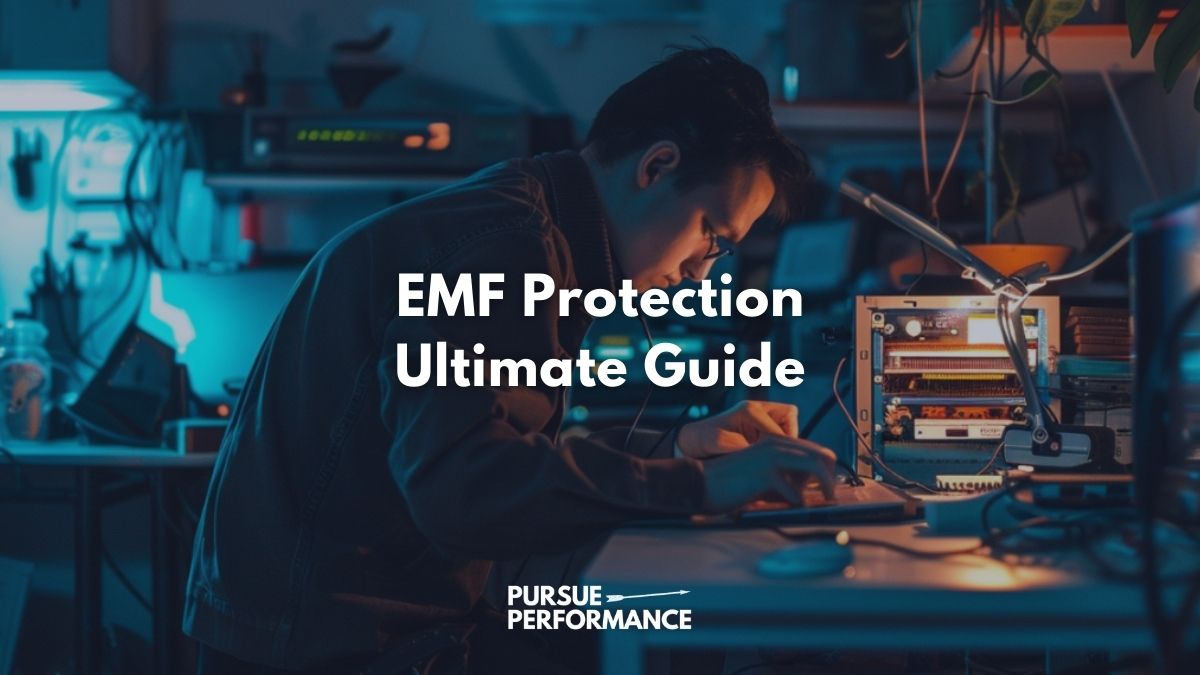Hiccups are an annoyance that most of us have experienced at some point.
While harmless, persistent hiccups can impact your quality of life, neuroscientist Andrew Huberman has shared a simple, science-backed technique to stop hiccups in their tracks.
In this post, we will share the exact steps to stock hiccups in their tracks, explain the science behind hiccups, and propose some innovative product solutions.
Let’s dive in!
Top Pick
Hiccup Straw: HiccAway Hiccup Straw
What Causes Hiccups?
Hiccups occur when the diaphragm, the large muscle at the bottom of your chest cavity, spasms involuntarily.
This spasm is triggered by the phrenic nerve, which runs from your neck down to the diaphragm.
When the phrenic nerve misfires, it causes the diaphragm to contract abruptly, resulting in a hiccup.
According to Huberman, hiccups are “caused by a spasm of the phrenic nerve, which emanates from the cervical region and innervates the diaphragm.”
The phrenic nerve also has sensory fibers that relay feedback from the diaphragm to the brain, causing the characteristic “hic” sound we make.
Huberman Hiccup Hack (3-Steps)

To stop this misfiring of the phrenic nerve and diaphragm spasms, Huberman developed a simple three-step technique:
- Take three big inhales through your nose, with no exhales between them.
- Hold your breath for 15-20 seconds.
- Slowly exhale through your mouth.
Start with a big deep inhale through nose.
The second nose inhale will be smaller than the first.
And then the final third inhale is the smallest and most challenging.
Related: The Andrew Huberman 21-Day Habit Protocol
Why It Works
This technique works by “hyperexciting” the phrenic nerve through rapid, repeated inhales.
According to Huberman, this is an “unnatural pattern” for the nerve.
The held breath and slow exhale then trigger a reflex that prevents the nerve from firing again.
By interrupting the spasm cycle, this technique reliably stops hiccups in their tracks.
Huberman states that it is the “most efficient and science-supported way to eliminate hiccups.”
Huberman’s recommendation stimulates an actual neurological mechanism for halting hiccups.
Alternative Hiccup Cures
If this method doesn’t work for you, we found a few other promising alternatives.
HiccAway Hiccup Straw
The HiccAway straw is a plastic device that is placed in water.
The user sips forcefully from the straw, targeting the back of the tongue.
This stimulates the vagus nerve, helping to stop hiccups.
Clinical studies have shown HiccAway to be 92% effective at relieving hiccups.
It has been featured in major media outlets and gained exposure on Shark Tank.
The straw comes in both adult and child sizes.
Breathing Techniques
Holding one’s breath, breathing into a paper bag, and breathing in certain patterns are some popular folk remedies for hiccups.
These techniques may help by briefly altering breathing rhythms.
However, they do not address the underlying phrenic nerve spasm.
Evidence for their effectiveness is mainly anecdotal.
Related: Somatic Breathwork (Explained)


